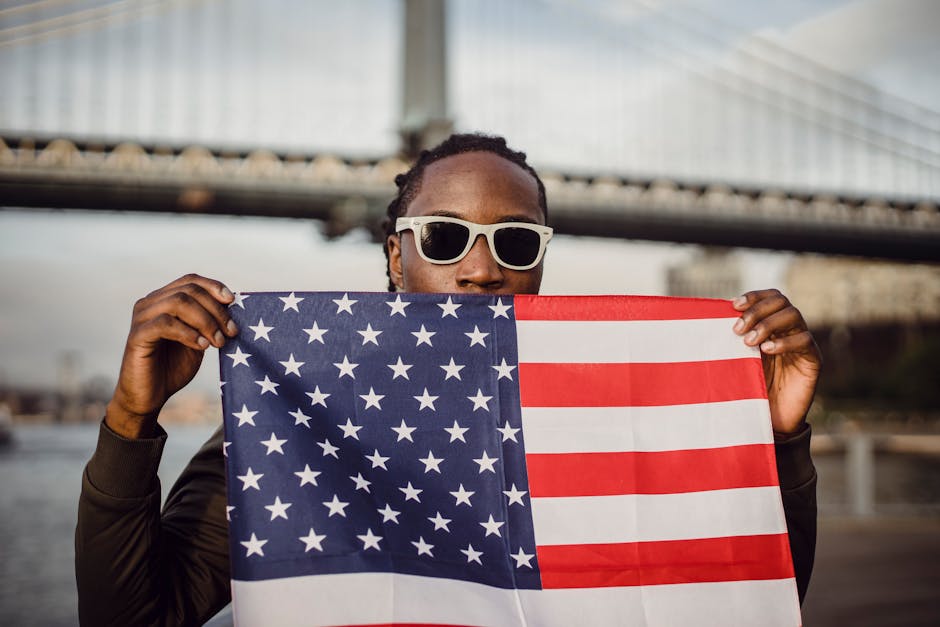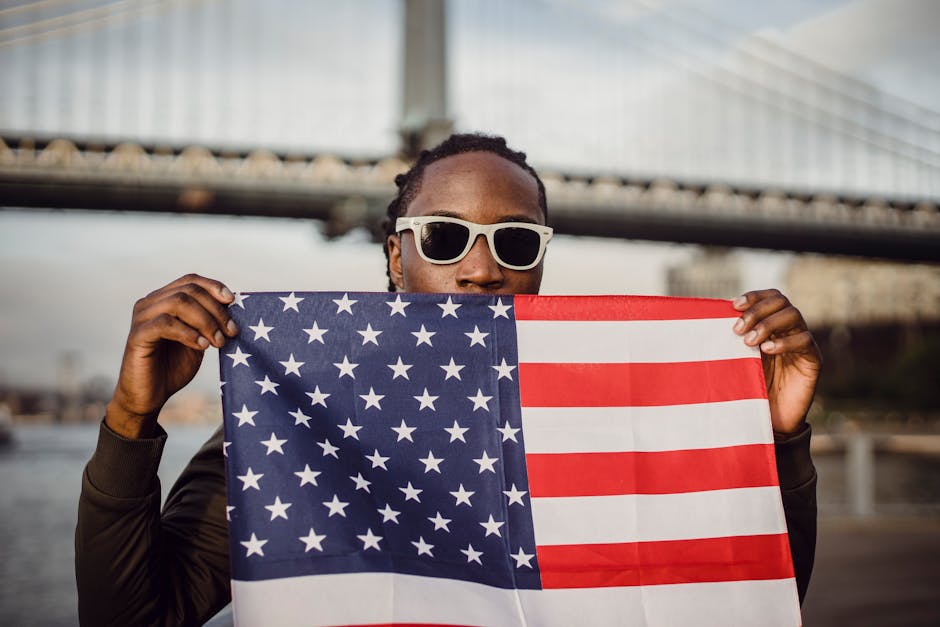Unfurling History: A Deep Dive into the Black American Heritage Flag
Understanding the Black American Heritage Flag: More Than Just a Symbol
The Black American Heritage Flag, also known as the Pan-African flag, isn’t merely a piece of fabric; it’s a powerful emblem representing the rich history, struggles, triumphs, and aspirations of Black Americans. Its vibrant colors and design tell a story spanning centuries, encompassing the fight for freedom, equality, and self-determination. This flag serves as a potent symbol of pride, resilience, and the ongoing journey towards a more just and equitable society. Understanding its origins, symbolism, and significance is crucial to appreciating its profound impact on Black culture and the broader American narrative.
The Origins and Creation of the Flag
The design of the Black American Heritage Flag is inextricably linked to the Pan-African movement, a global effort to unify and uplift people of African descent. While various versions and interpretations of Pan-African flags exist, the most widely recognized design features three horizontal bands of red, black, and green. This specific design is attributed to Marcus Garvey, a prominent Jamaican-born leader of the early 20th-century Pan-African movement. Garvey’s Universal Negro Improvement Association (UNIA) adopted this flag in 1920, solidifying its connection to Black empowerment and self-determination.
The colors themselves hold deep symbolic meaning. Red represents the blood shed by Black people in the fight for liberation, both physically and metaphorically. Black signifies the rich heritage, strength, and unity of the African diaspora. Green embodies hope, the promise of a brighter future, and the fertile land of Africa from which so many were forcibly taken.
The Significance of Marcus Garvey’s Role
Marcus Garvey’s influence on the adoption and popularization of the Black American Heritage Flag cannot be overstated. His advocacy for Black pride, self-reliance, and the creation of independent Black nations resonated deeply with communities throughout the African diaspora. The flag served as a physical manifestation of Garvey’s vision, rallying people around a shared identity and a common goal of liberation and empowerment.
Garvey’s impact transcended his lifetime. His message of self-determination and racial pride continues to inspire generations of Black activists and leaders, making the flag a potent symbol of his enduring legacy.

The Flag’s Evolution and Usage
Throughout the years, the Black American Heritage Flag has become increasingly prominent in various contexts, representing a diverse range of Black experiences and aspirations. From the Civil Rights Movement to contemporary Black Lives Matter protests, the flag has been a powerful symbol of resistance, solidarity, and the pursuit of social justice. Its use is not limited to formal events or political rallies; it’s often seen displayed in homes, businesses, and community spaces, signifying pride in heritage and identity.
The Civil Rights Movement and Beyond
During the Civil Rights Movement, the Black American Heritage Flag served as a powerful visual representation of the struggle for equality and justice. It appeared alongside other symbols of the movement, such as the American flag, further emphasizing the simultaneous desire for both racial equality and recognition of Black identity within the American context.
In recent years, the flag’s presence has intensified, particularly during protests and demonstrations against systemic racism and police brutality. Its prominence in the Black Lives Matter movement highlights its continued relevance as a symbol of ongoing struggles and the fight for racial justice.
Symbolism and Interpretations
The symbolism embedded in the Black American Heritage Flag is complex and multifaceted, allowing for a variety of interpretations depending on individual and community experiences. The colors, as mentioned earlier, represent universal themes of struggle, strength, and hope. However, the flag’s meaning can also extend to encompass the diverse histories, traditions, and cultural expressions of Black communities worldwide.
Beyond the Colors: A Multifaceted Symbol
Beyond the straightforward interpretation of the colors, the flag’s very existence is a powerful symbol. It stands as a declaration of Black identity and pride, a counter-narrative to the historical marginalization and erasure of Black experiences. It is a statement of agency, a reminder that Black people have a rich history, a vibrant culture, and a rightful place in the world.
The flag’s significance also lies in its ability to unite diverse Black communities across national boundaries. It transcends geographical limitations, connecting people through a shared history of struggle and aspiration. This unifying aspect is especially relevant in a world where Black people’s experiences are often fragmented and misunderstood.
The Flag’s Place in Modern Society
Today, the Black American Heritage Flag remains a powerful and relevant symbol, continuing to inspire and unite Black communities in their pursuit of equality and social justice. Its widespread use highlights its enduring significance and its ability to adapt to evolving contexts. The flag continues to serve as a reminder of the ongoing fight for racial justice and the importance of preserving and celebrating Black heritage and culture.

Contemporary Usage and its Impact
The flag’s presence in contemporary society reflects its enduring significance. It’s not only used during protests and demonstrations, but also displayed in homes, businesses, and educational institutions, demonstrating its growing acceptance and integration into the fabric of American life. This growing visibility underscores a growing recognition of Black history, culture, and the ongoing fight for equity.
Furthermore, the flag’s appearance in media, art, and literature signifies its integration into mainstream culture. It’s no longer a niche symbol, but rather a widely understood and respected representation of Black identity and heritage.
Conclusion: A Legacy of Resilience and Hope
The Black American Heritage Flag is more than just a piece of cloth; it’s a living testament to the resilience, strength, and hope of Black Americans. Its vibrant colors and powerful symbolism capture a rich history of struggle, triumph, and the ongoing pursuit of justice and equality. As we continue to navigate the complexities of race and equality in America, the flag serves as an important reminder of the progress made, the challenges that remain, and the enduring spirit of a community determined to build a more just and equitable future.

Understanding the origins, evolution, and symbolism of the Black American Heritage Flag is crucial for fostering a deeper understanding of Black history and culture and for supporting the ongoing fight for racial justice. The flag’s enduring power lies in its ability to unite, inspire, and remind us all of the importance of equality, justice, and the celebration of diverse cultural heritages.



